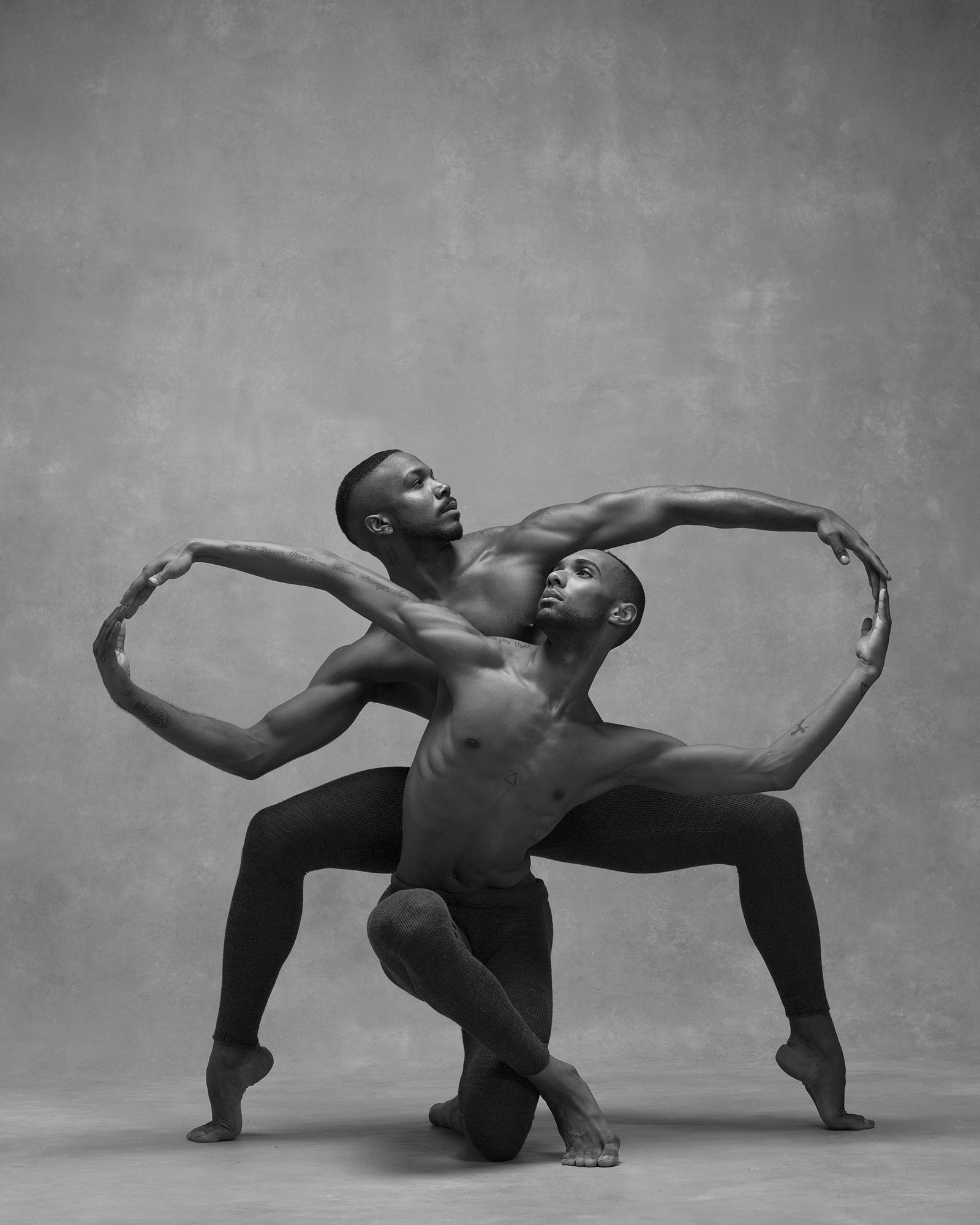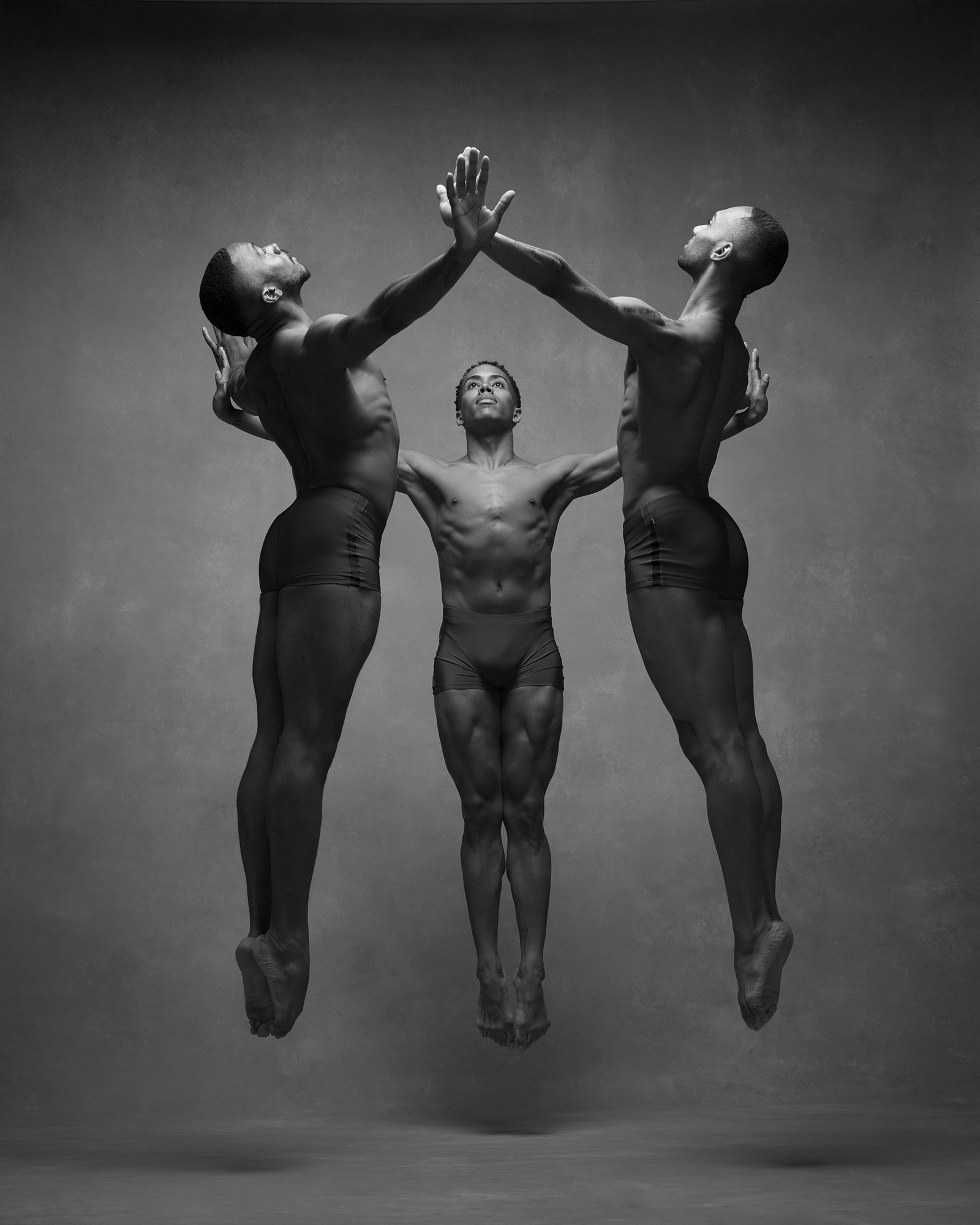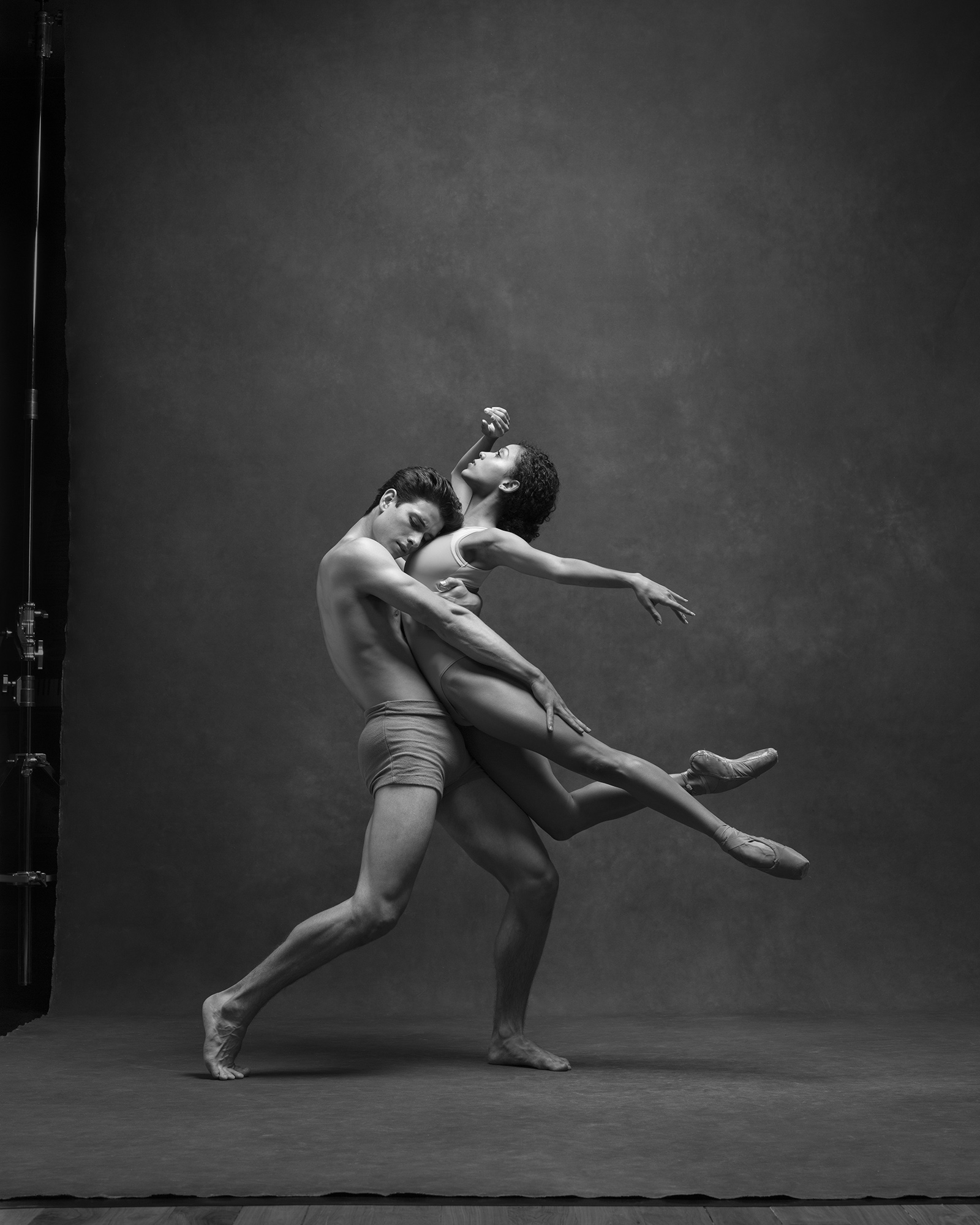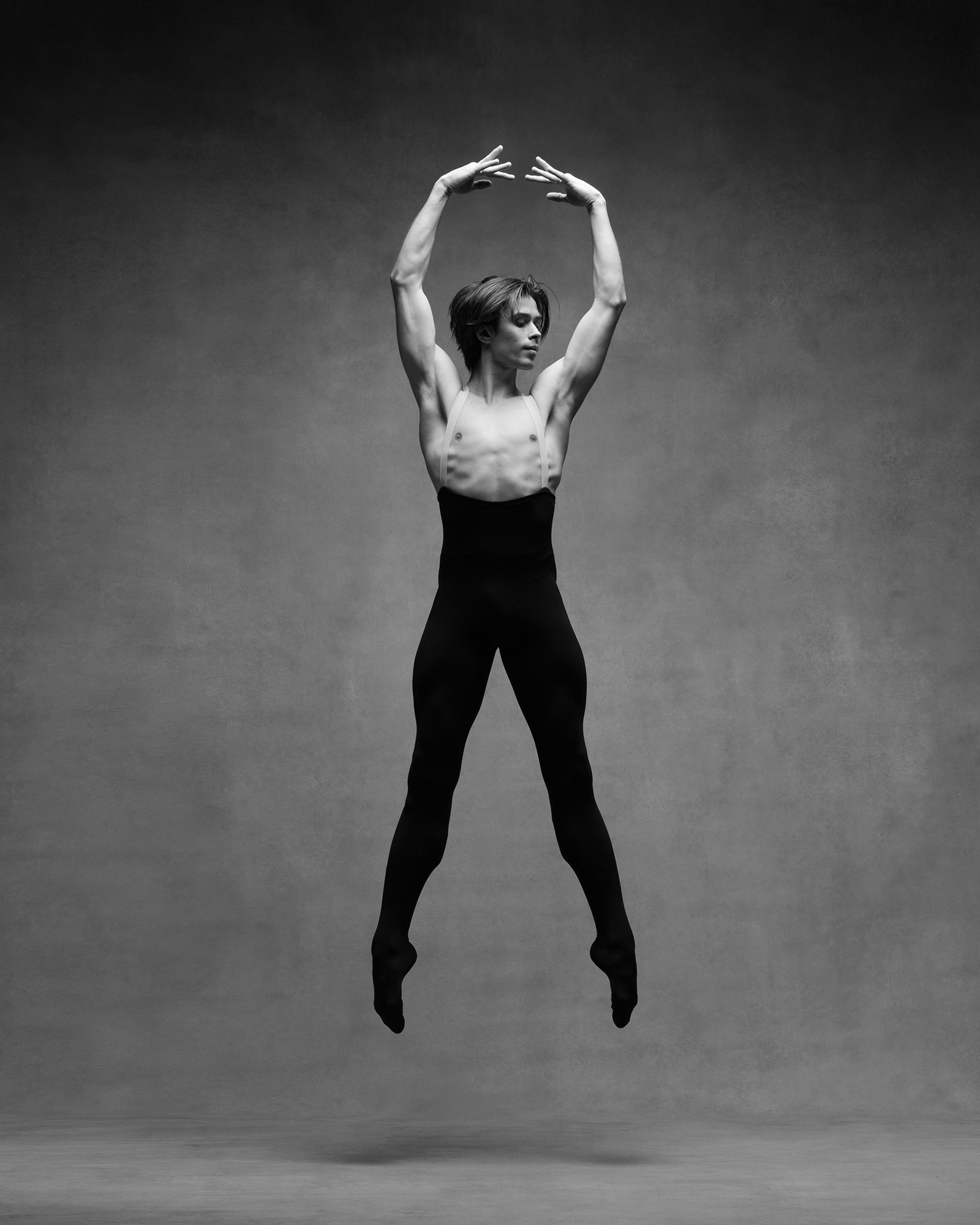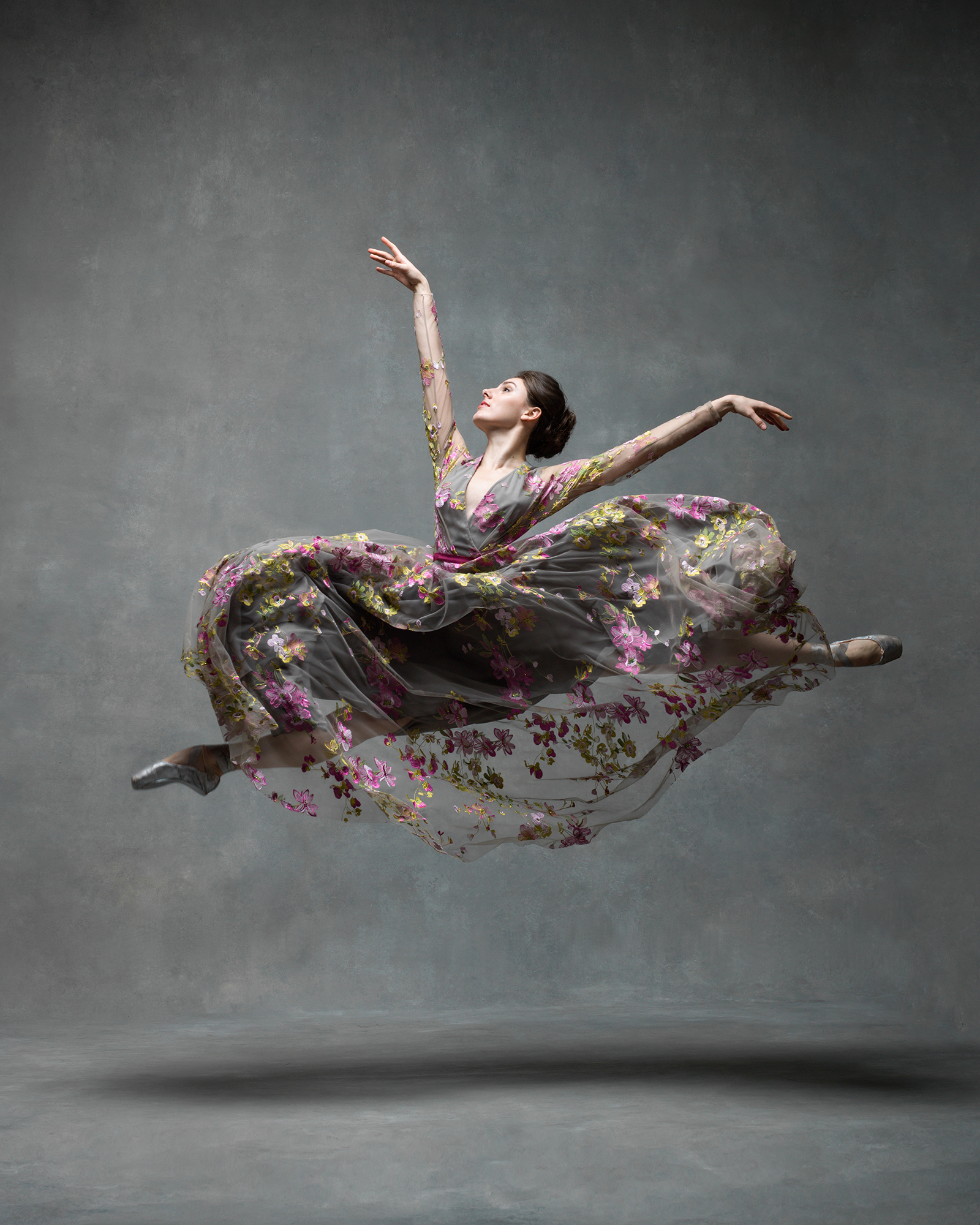Last Updated on 06/15/2016 by Chris Gampat
All images by Deborah Ory and Ken Browar. Used with permission. Lead image: Tiler Peck, Principal, New York City Ballet
Photographers Deborah Ory and Ken Browar are a husband and wife duo. Their subjects: dancers. Based here in NYC, Deborah and Ken has been shooting for the past few years from companies including American Ballet Theatre, Martha Graham Dance Company, Alvin Ailey, New York City Ballet and others. Later this year, a book of theirs called “The Art of Movement” will be published for all to call their own personal coffee table book.
But what’s most interesting about these two is how they work with dancers, their insistence on working in the studio, their use of colors, and how they go about creating the images that they do. And according to Deborah “We collaborate closely with the dancer, but also direct the shoot.”
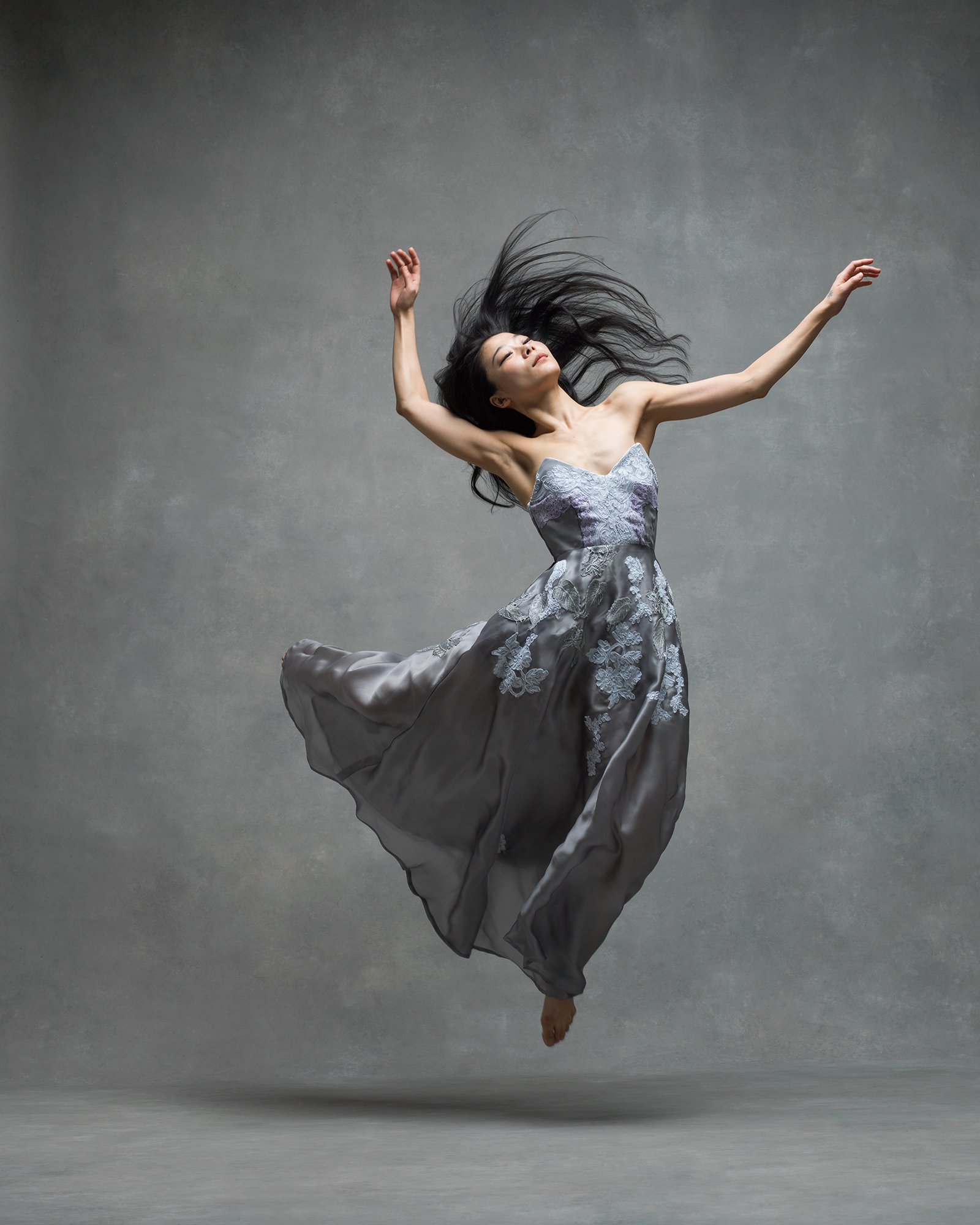
Phoblographer: Talk to us about how you got into photography.
Deborah: I’m Deborah Ory and I work with my husband, Ken Browar. We’ve been collaborating together as photographers and have been working for the past 3 years on NYC Dance Project. It’s a collection of dance images of many of today’s leading dancers from around the world.
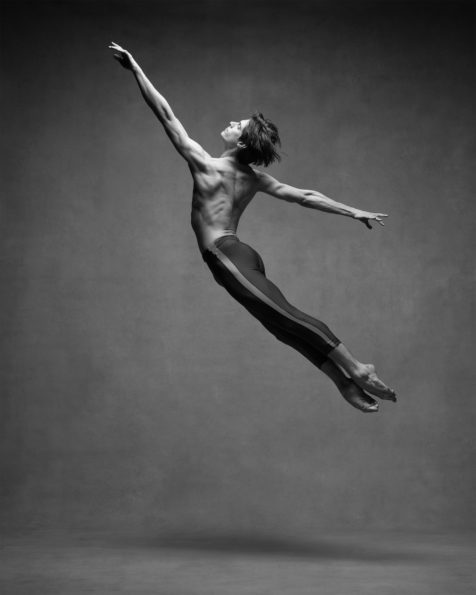
My background was as a dancer, I have been dancing since I was 7. I did not begin to take photos until I was in college, when I was a dance major and developed a stress fracture that kept me away from dancing for a few months. My father had recently purchased a new camera and it was still in the box on our kitchen table. I impulsively took the camera, feeling that I would enjoy taking photos. I enrolled in a photography class and focused on photographing the dance rehearsals that I could not participate in. Photographing dancers felt very natural to me, as dance was something I understood and felt passionate about. I later worked as a photography editor for various magazines, including Mirabella and Conde Nast. I would hire the photographers, come up with concepts, direct the shoots and even do some styling. Later, I worked as a freelance photographer, shooting everything from portraits to still life, fashion and food. All of this was great preparation for later developing NYC Dance Project.
Ken’s background was as a celebrity and fashion photographer. He had always taken photos as a teenager and after high school, he moved to Paris to try fashion photography. He had a long career there, working for magazines and advertising. He had photographed a famous Etoile – Isabelle Guerin – from the Paris Opera Ballet, for a magazine assignment for Madame Figaro. Although he had not had much other exposure to dance, he loved the movement, artistry and passion in dance and agreed dance would be a great subject for us to photograph.
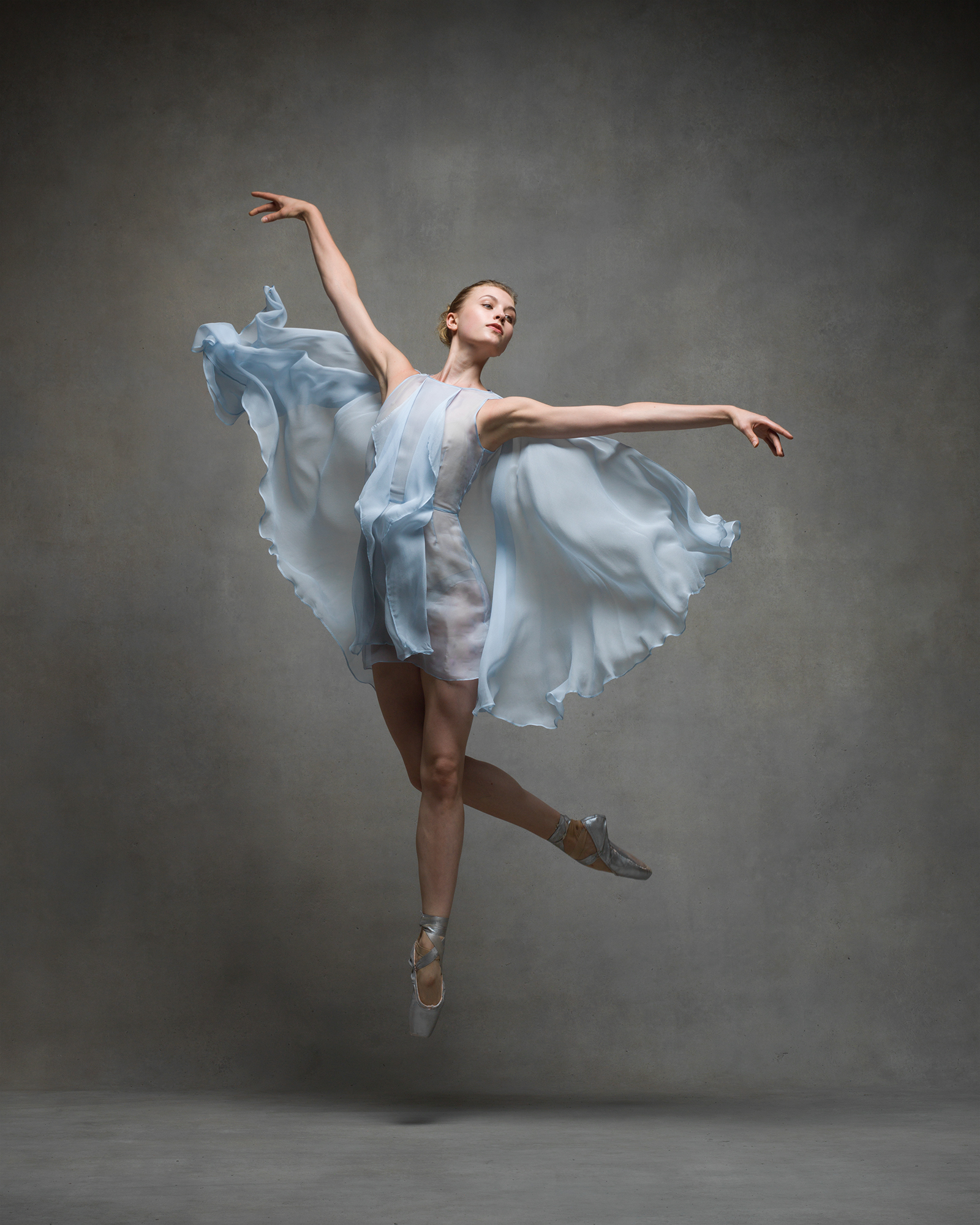
Phoblographer: What made you get into photographing dancers?
Deborah: The inspiration for the project came from decorating our 12-year-old daughter Sarah’s room. Sarah is an aspiring ballerina and wanted her room filled with dance photographs. We made extensive searches on the internet, bookstores and at galleries. We purchased books, calendars and other photos and to our disappointment were not able to find images of the current dancers that Sarah admired. There were beautiful images of famous dancers from past generations – such as Baryshnikov or Markova, taken more than 40 years ago – but very little of the current stars that Sarah admired.
Ken decided we needed to photograph these dancers ourselves. We were great fans of Daniil Simkin, the American Ballet Theatre Principal dancer and sent him an email asking him to be our first subject. Danill loves photography and agreed to be photographed. After a successful photo shoot with Daniil, he arranged for other Principal dancers to work with us and before long, NYC Dance Project was officially launched. Once the images were posted on social media, the word spread in the dance community dancers from all over the world approached us to collaborate.
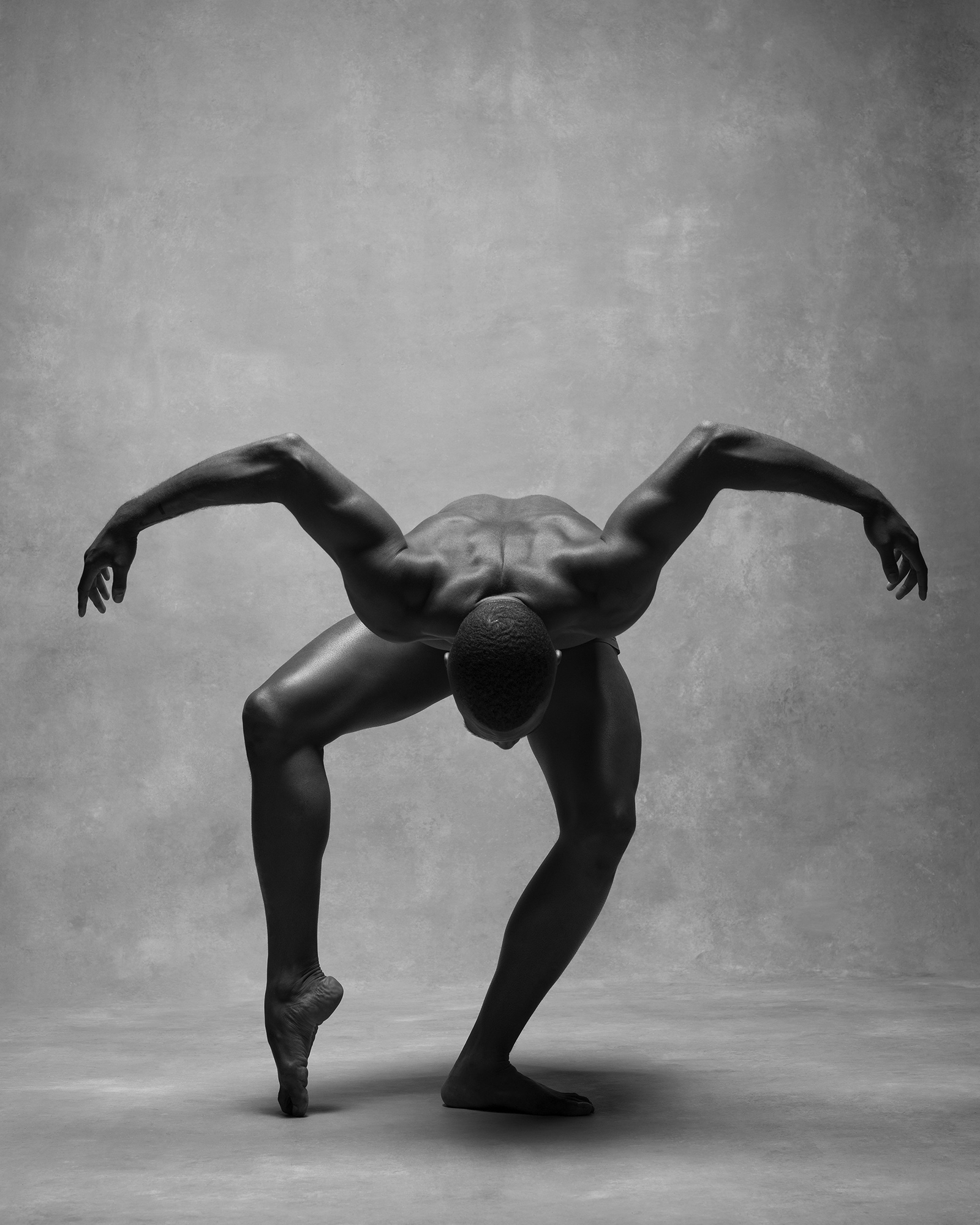
Phoblographer: A lot of your work seems very Annie Leibovitz and Baroque painting influenced; is this intentional? Where do you feel you draw inspiration from besides the elegant dancers you photograph?
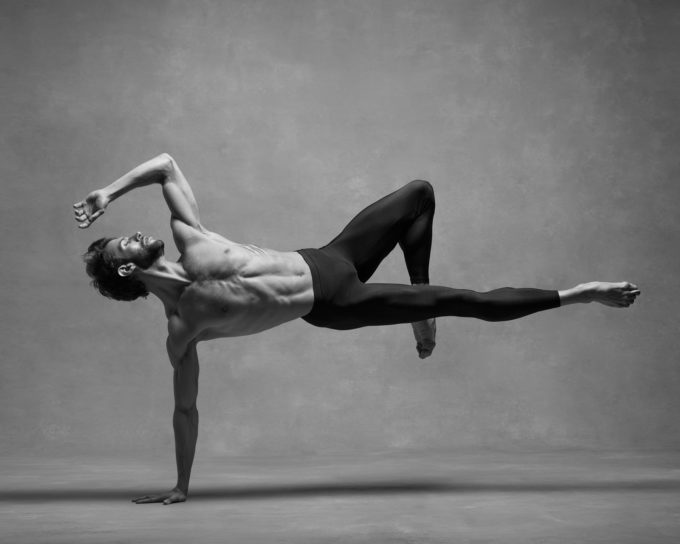
Deborah: Ken collects photography and has the works of Horst, Penn, Steichen and many others in his collection. I went to ICP for school and had a great exposure to photography there. Definitely the works of Penn and also Barbara Morgan heavily influences us both, but it’s not really just one photographer that has inspired us. We love the works of many of the classic photographers – and also the original printing processes, such as silver and Platinum prints. We also draw inspiration from each and of course collaborating with such beautiful dancers.
Phoblographer: There’s a thought in the photography community that too much color can distract a viewer. And a lot of your work seems to emphasize that. Is this one of the reasons why you choose to shoot in a studio?
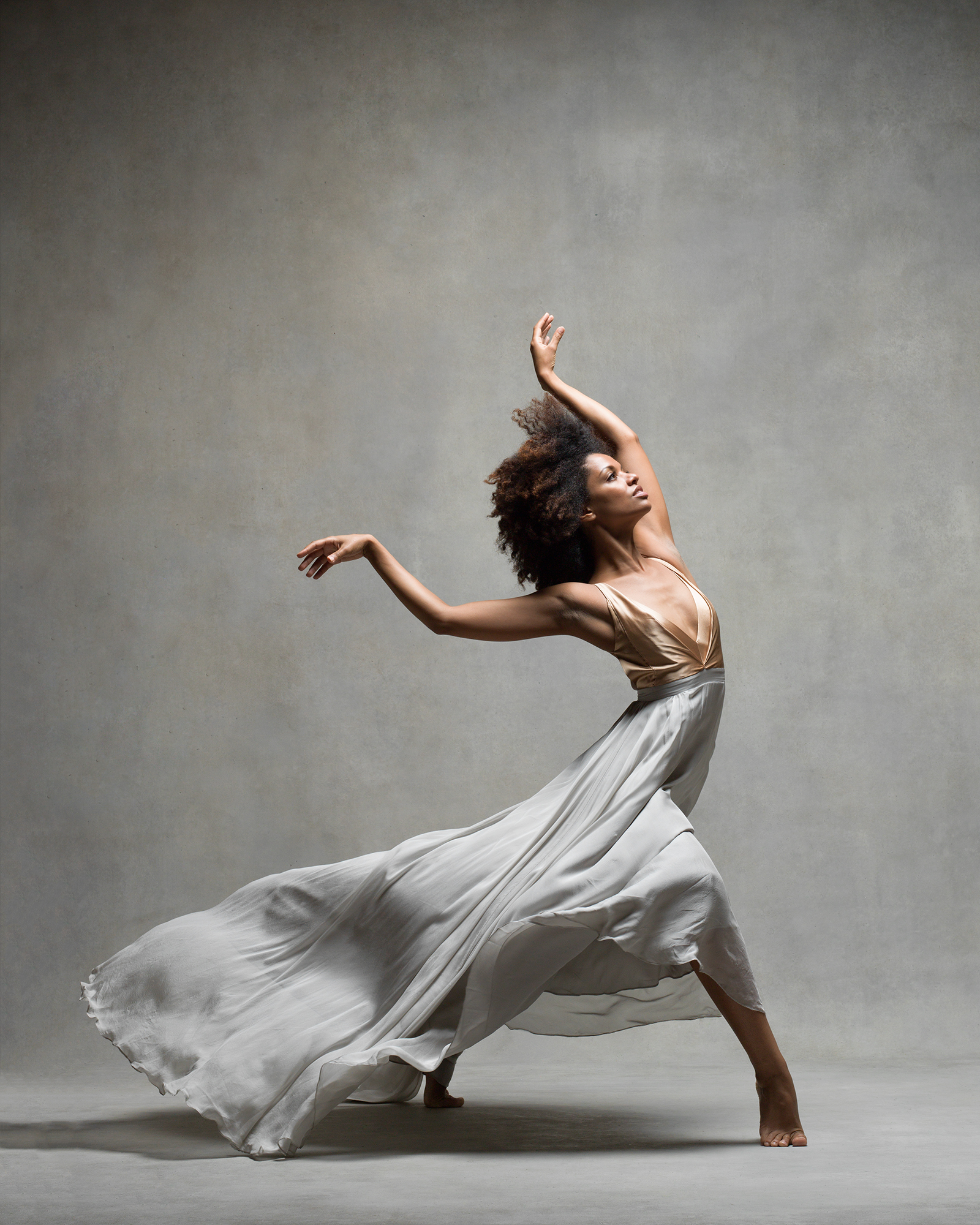
Deborah: We do love color in our images, although many of the images are in black and white. As we go photographing the dancers in our studio space, the colors are very simple, it’s often just the color in the costumes, tones of the skin/hair and also the background tones (often shades of grays and neutral tones). We like to photograph in the studio. It keeps the emphasis on the dancer, the movement, the light, composition and emotion of the image. Having all the images against our backgrounds gives us a style and a signature to our images.
Phoblographer: So walk us through your creative process. Of course, this is collaborative between you and the dancers, but do you do any sort of story boarding or direction? How do you end up creating images that feel uniquely like yours?
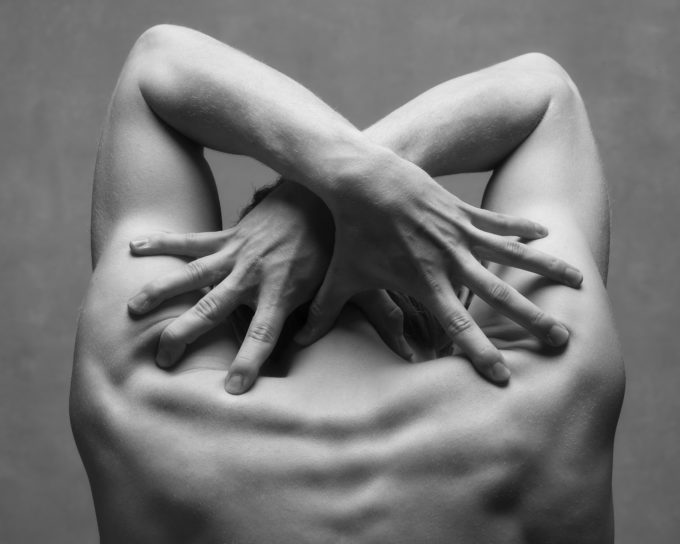
Deborah: We don’t plan out the photos beforehand and we don’t do any story boarding. There is a spontaneity on the set and we allow room to “play” and allow the images to develop. We collaborate closely with the dancer, but also direct the shoot. Before we work with a dancer, we usually have seen them perform and have an idea of what we want to capture.
Phoblographer: What do you think are some of the most important features or most visually interesting things to photograph with dancers?
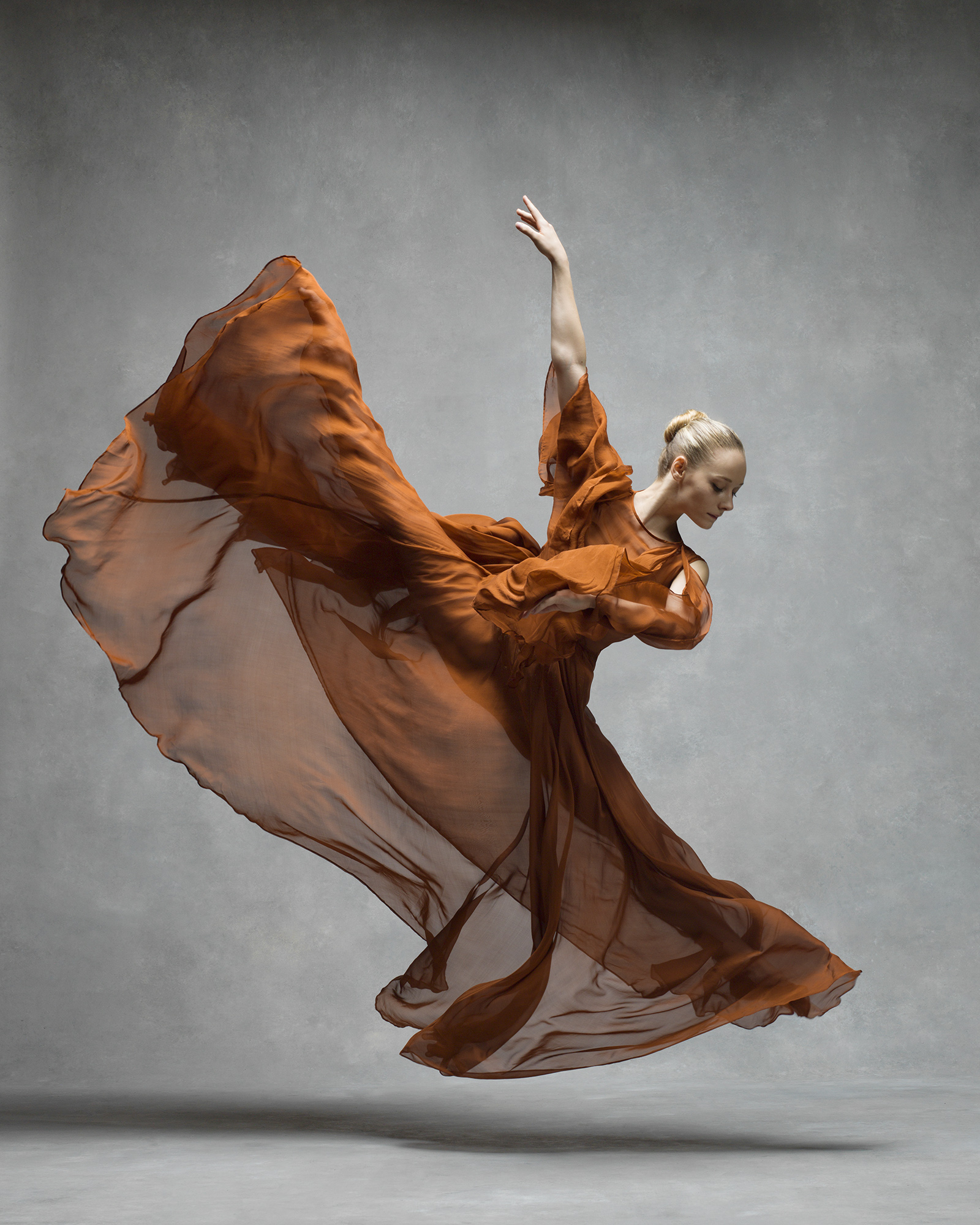
Deborah: Dance is expression through movement, which is really what we are trying to capture. We never wanted to focus on the “tricks” in dancer, but it was always about capture a feeling. This could happen in a simple moment such as the breath the dancer takes preparing to do a movement or it could happen in the freedom of an amazing jump. It’s important for us to feel the sense of movement in the photos, even though they are still images. The images are also a celebration of bodies; dancers must simultaneously be artists and athletes and we try to highlight both of these qualities.
Phoblographer: What’s your long term goal with this work say in the next year? How do you plan on improving or making this evolve?
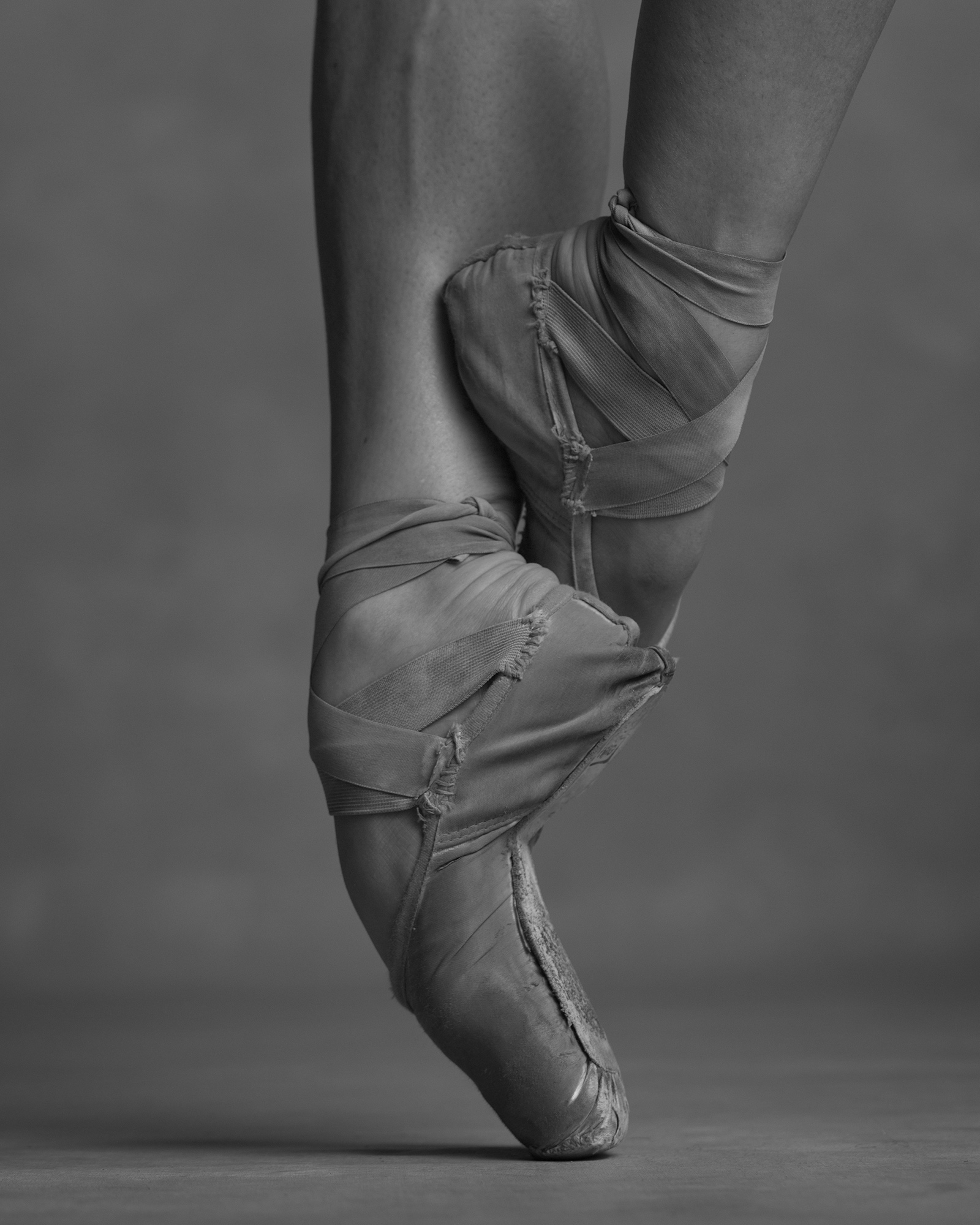
Deborah: We just made our first book – “The Art of Movement” which will be published October 25th by Black Dog & Leventhal. It’s a large coffee table book with over 300 pages. We are really excited about this and hope to start working on another book. We just have begun working with a gallery in Palm Beach, Florida – Holden Luntz. We both would really like to focus more on gallery work and ideally museums exhibits as well. We always enjoy doing some commercial work, perhaps for magazines or a fashion designer, but overall we want to make the work that feels like our own. This past year we did a story on Misty Copeland for Harper’s Bazaar and would love to continue these type of editorial stories.
Phoblographer: Talk to us about the gear that you use. How do you feel it helps you to get the images you’re looking for?
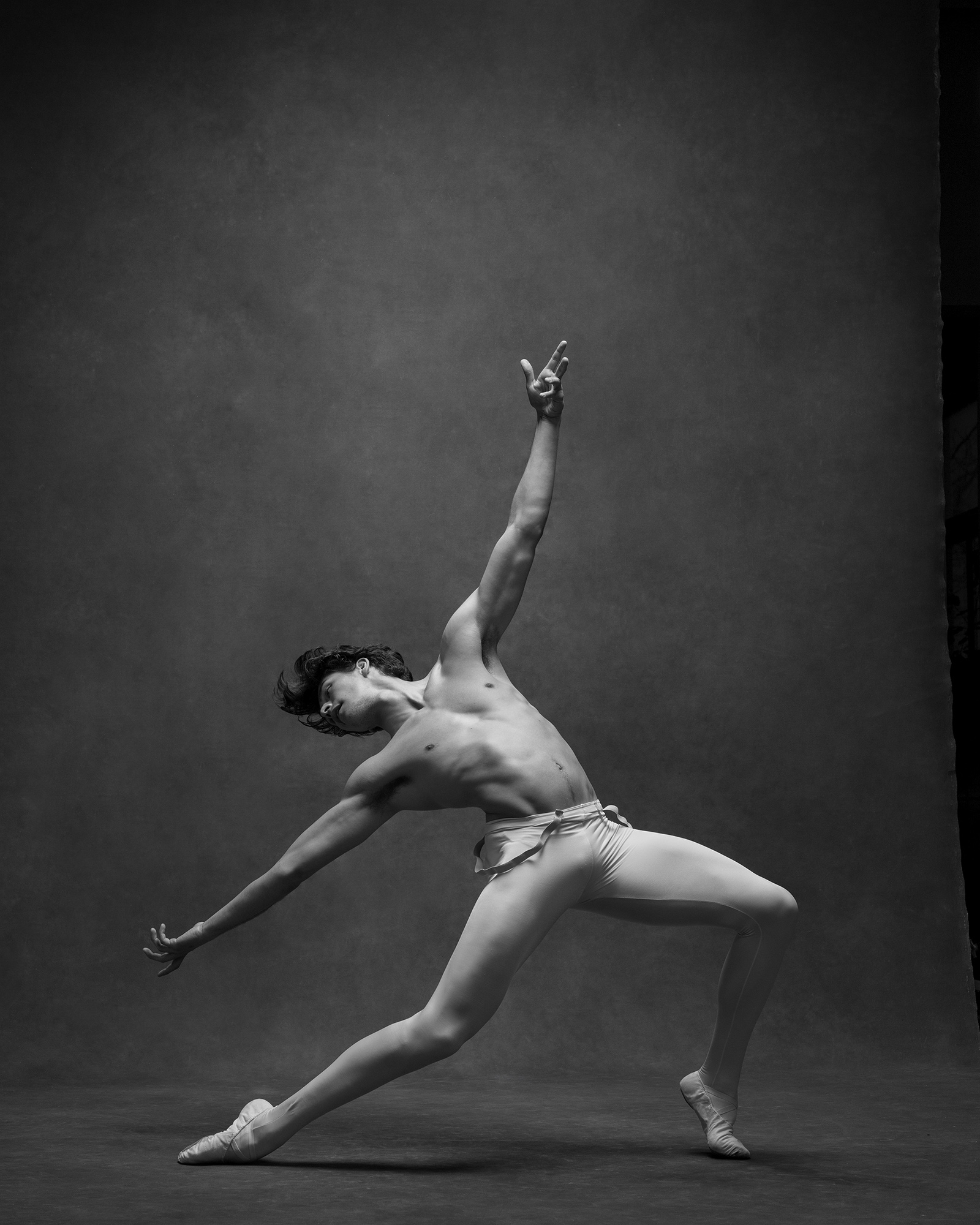
Deborah: We shoot with a Hasselblad and strobes – it is quite slow and we only get one shot at a jump, so we really have to be in synch with the dancers. It is important to work slowly and deliberately, as it is a very collaborative process for us. The Hasselblad gives us large and detailed files and we can make very large prints from them. We also love the quality of the lens.
